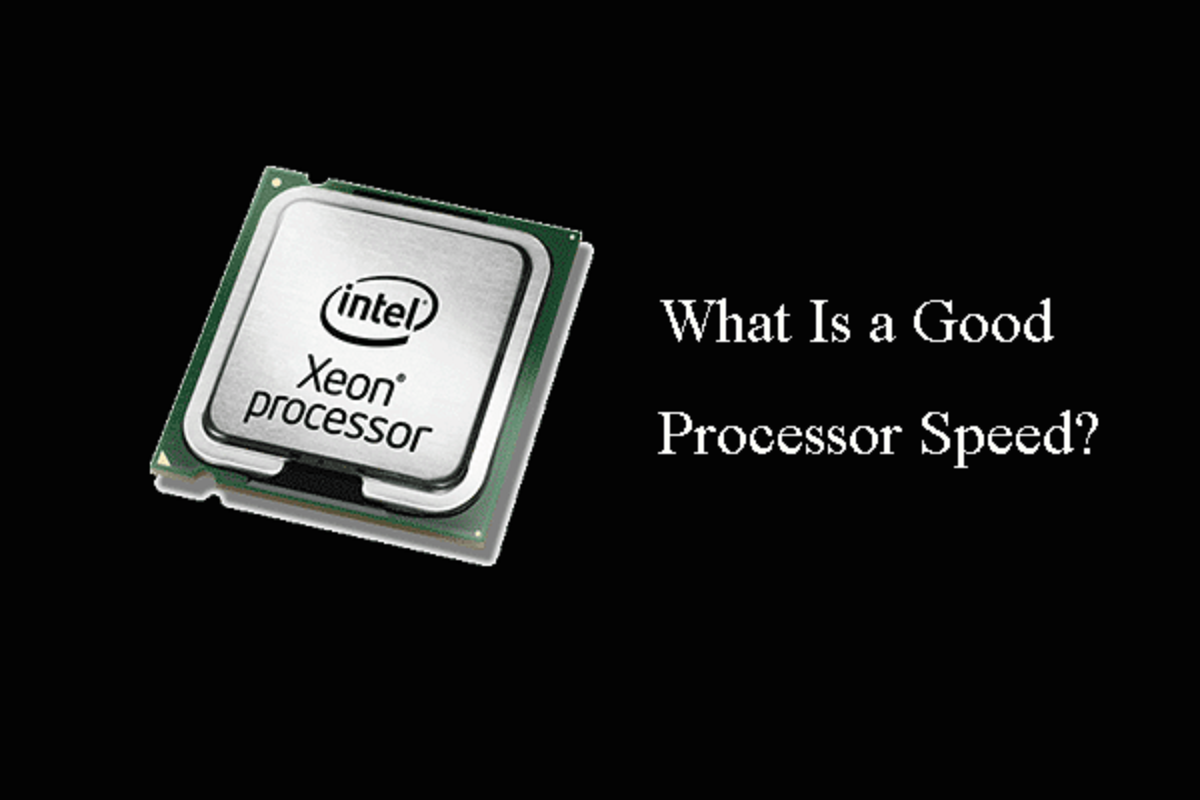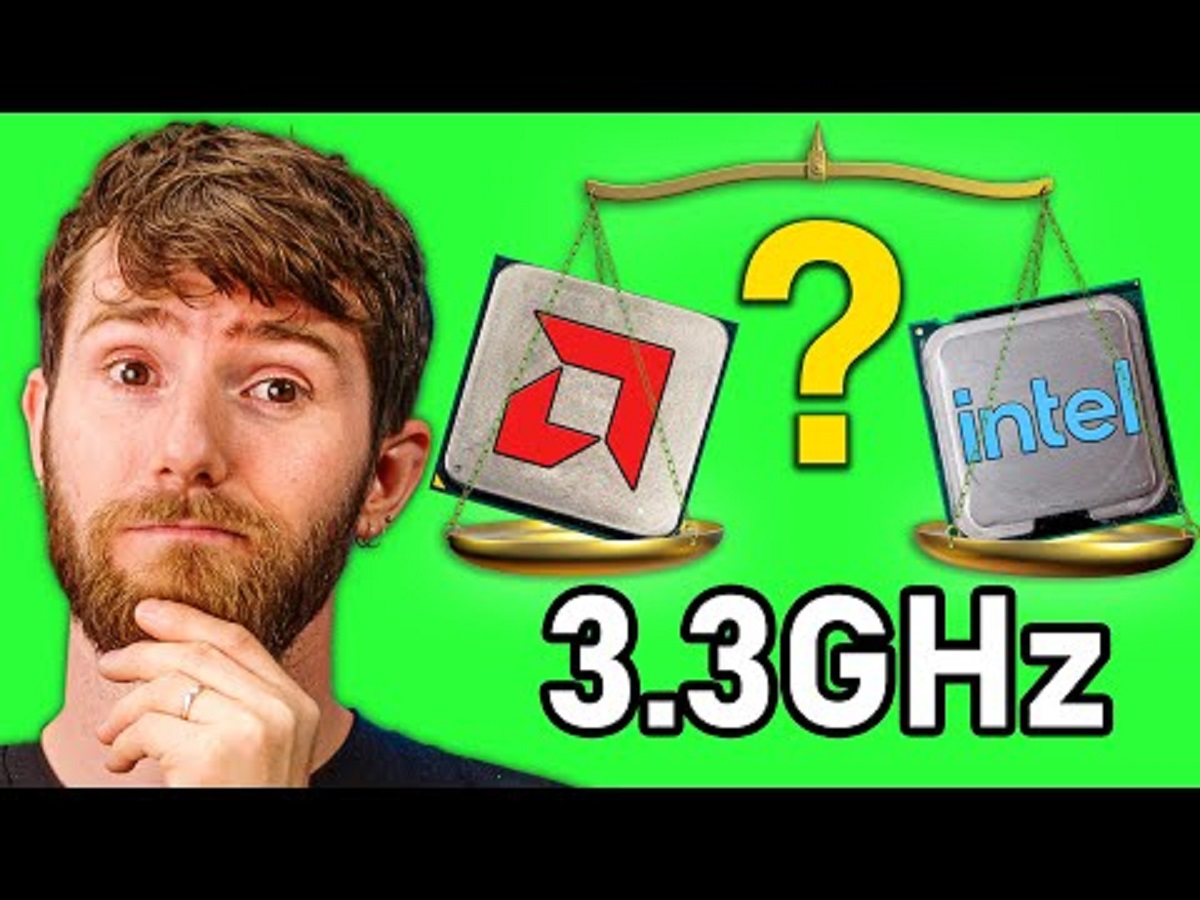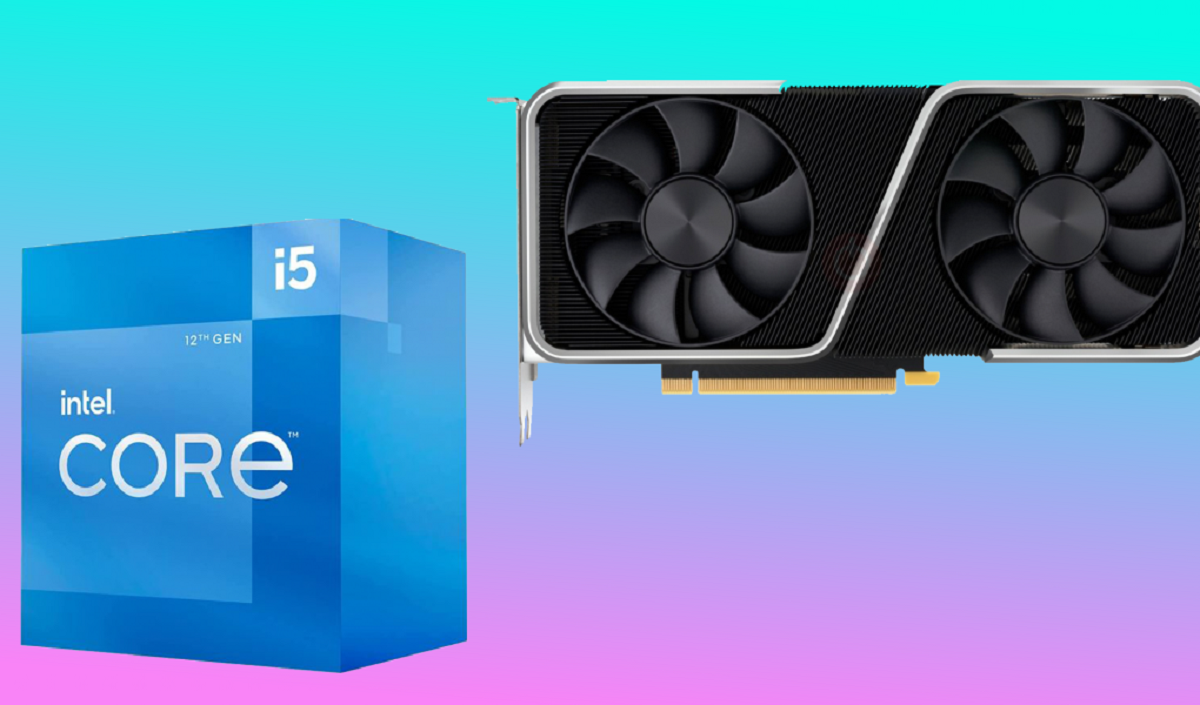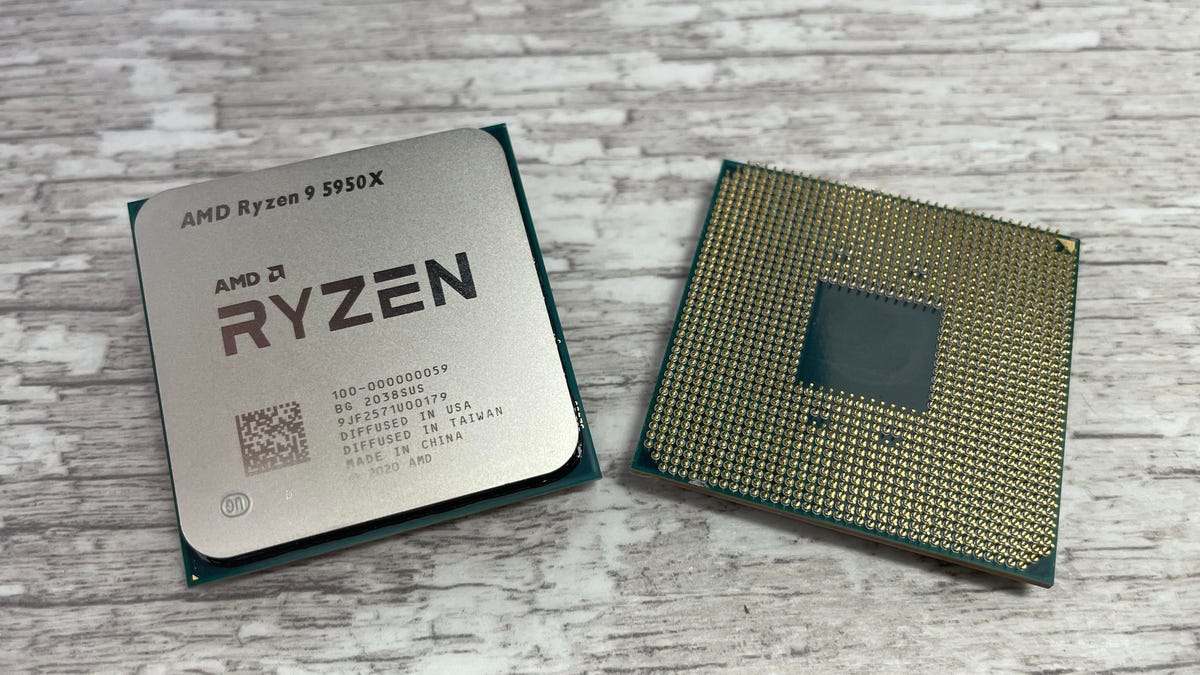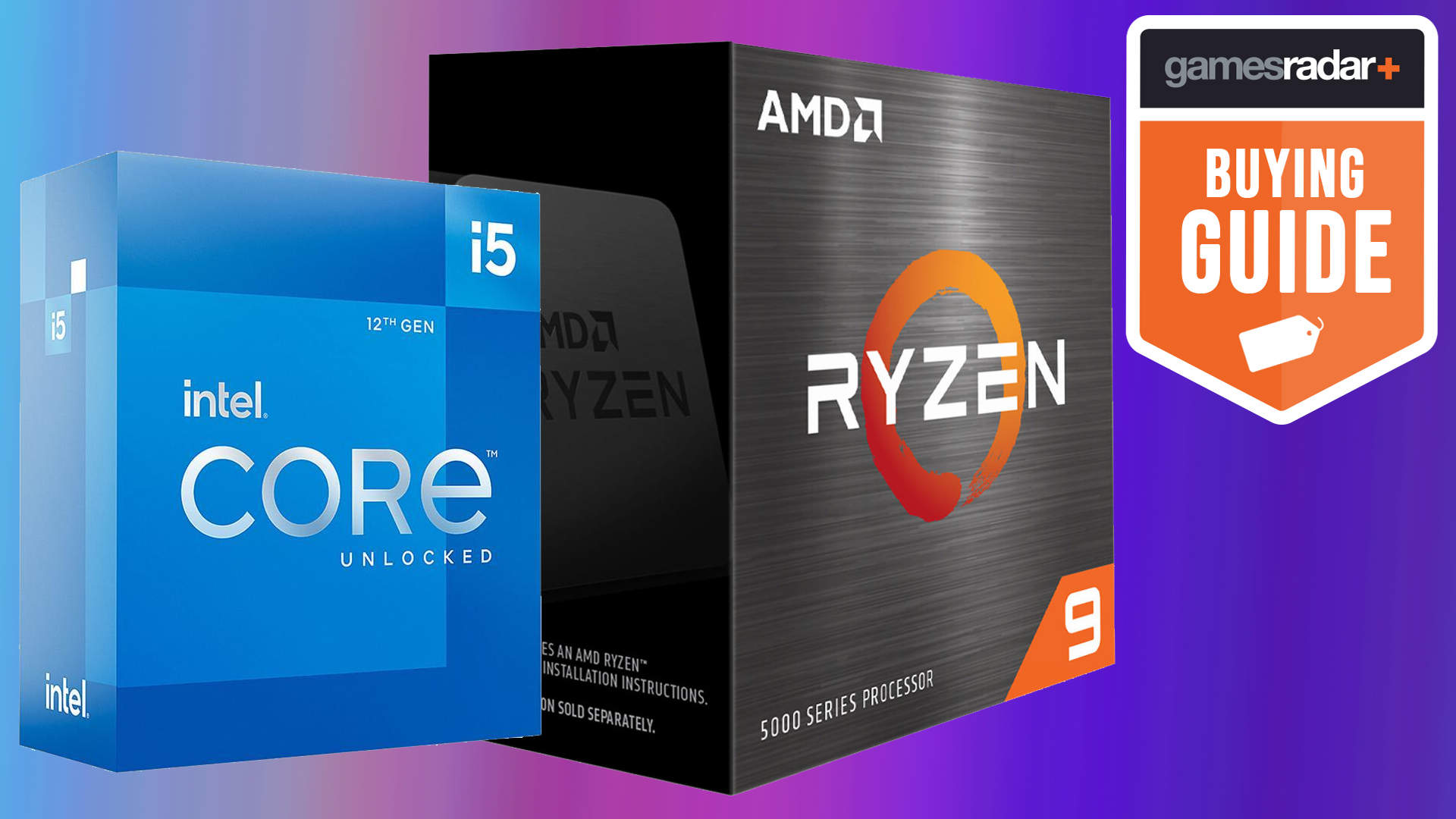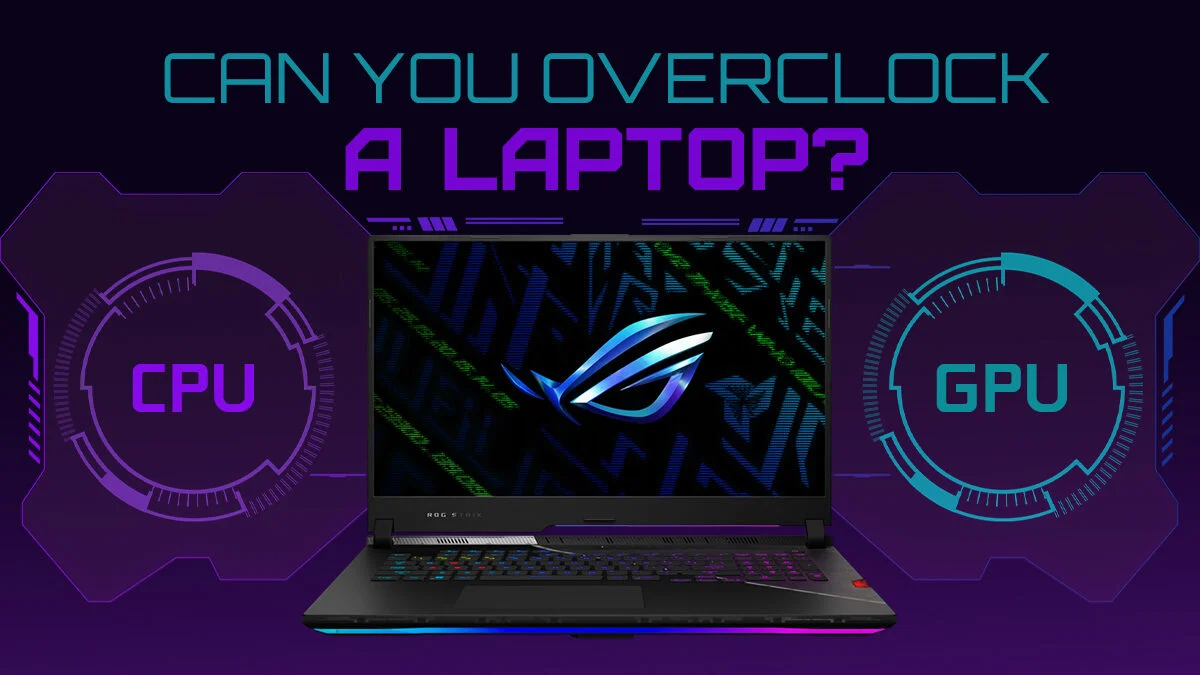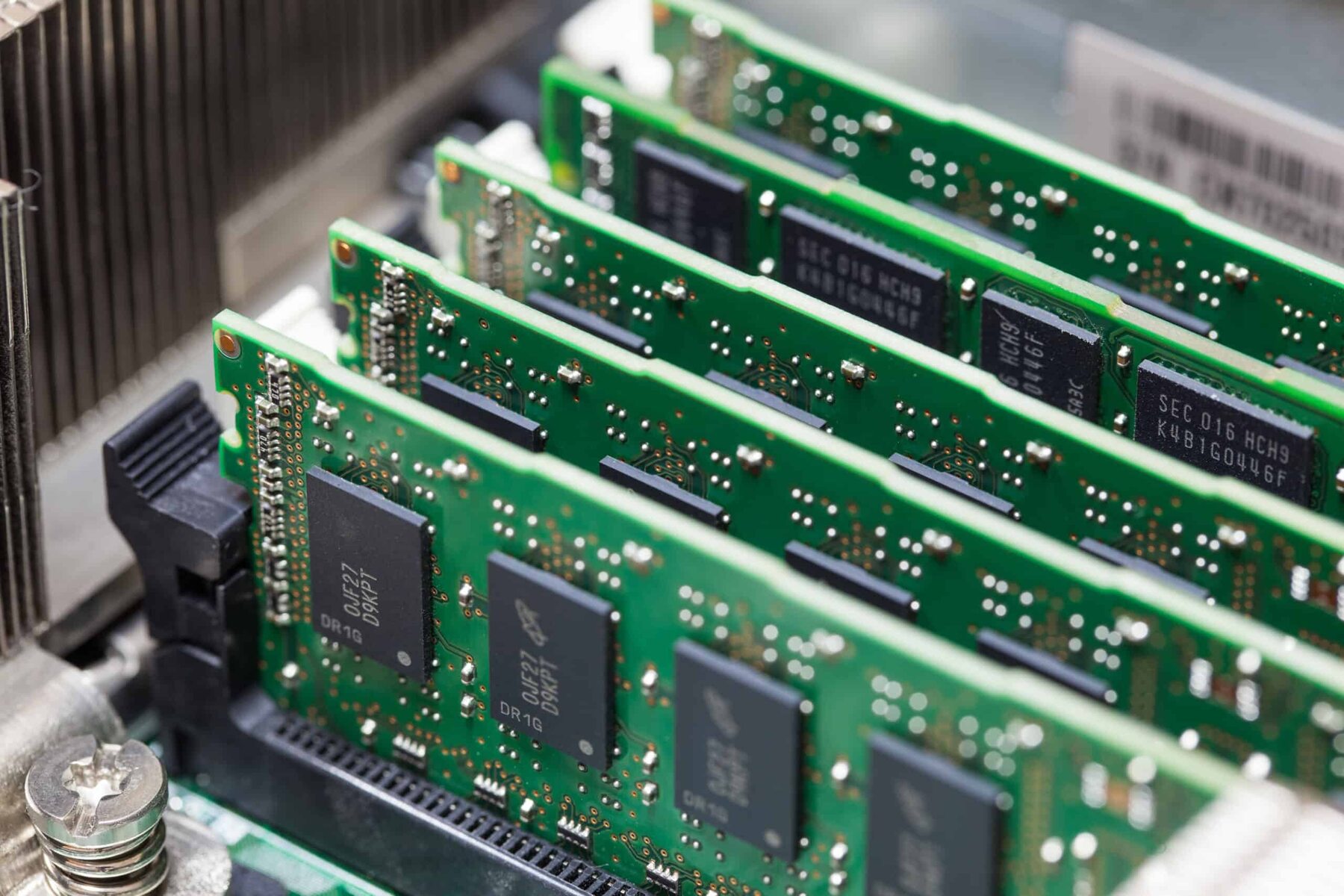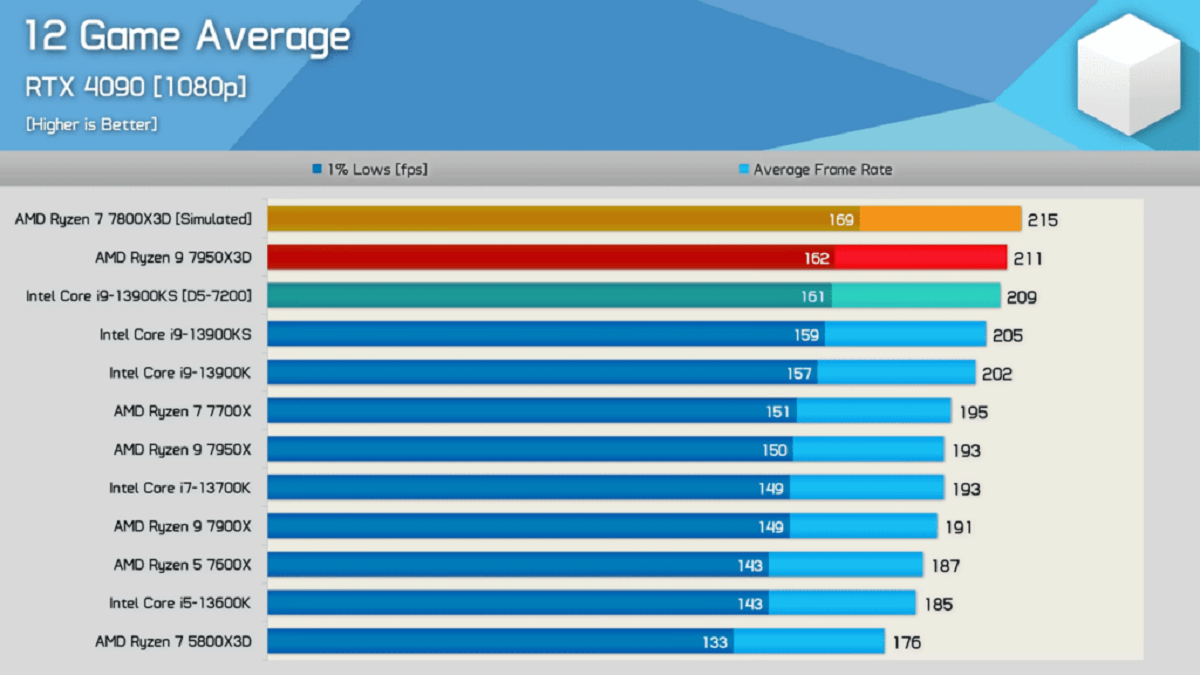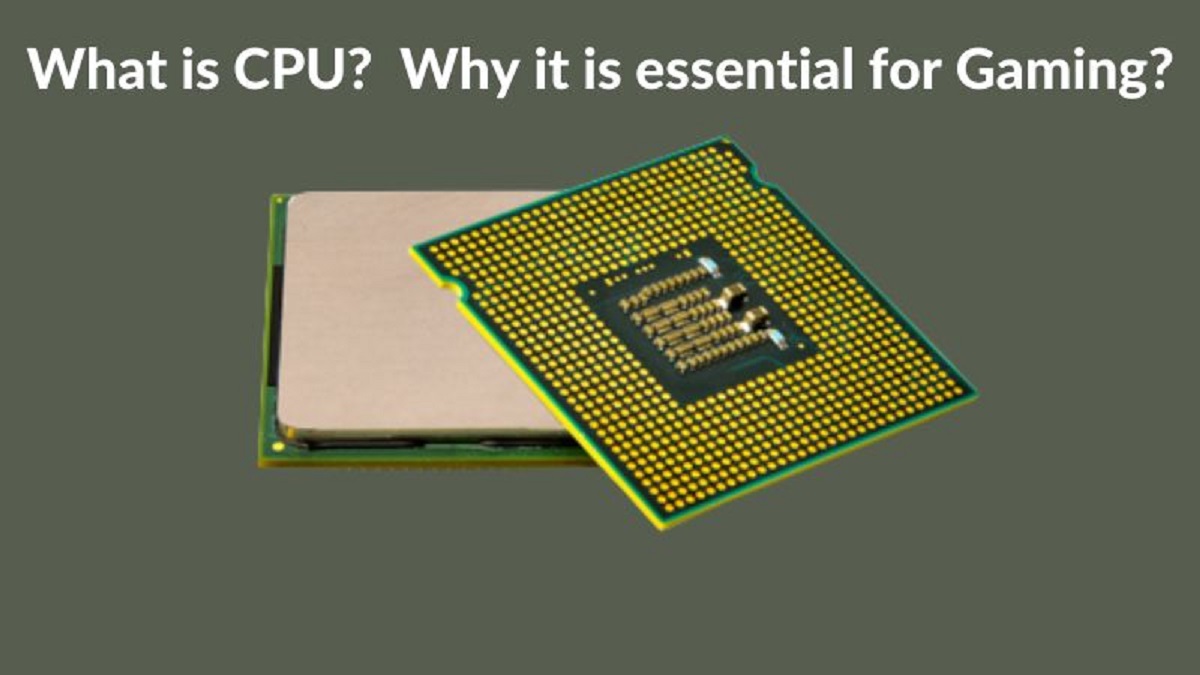Introduction
Welcome to the world of CPU clock speed! If you’re in the market for a new computer or looking to upgrade your existing one, you might have come across the term “clock speed” in your research. Clock speed is a crucial factor to consider when choosing a CPU, as it directly affects the performance and speed of your computer.
So, what exactly is clock speed? In simple terms, it refers to the number of cycles a CPU can complete in a second. These cycles, often measured in gigahertz (GHz), determine how quickly the CPU can execute instructions and complete tasks. The higher the clock speed, the faster the CPU can perform calculations and process data.
Understanding the impact of clock speed on CPU performance is essential for making an informed decision when selecting a processor. While clock speed is not the only factor that determines a CPU’s power, it plays a significant role in overall system performance.
In this article, we will delve deeper into the world of CPU clock speed. We will explore how clock speed affects CPU performance, provide insights on finding the right clock speed for your needs, discuss important factors to consider when choosing a CPU, and touch on the concept of overclocking for those seeking an extra performance boost.
By the end of this article, you will have a clear understanding of the importance of clock speed and the factors to consider when selecting a CPU that meets your requirements. So, grab a cup of coffee, sit back, and let’s dive into the fascinating world of CPU clock speed!
What is Clock Speed?
Clock speed, also known as clock rate or frequency, is a fundamental term in the world of computing hardware, particularly when discussing central processing units (CPUs). It refers to the rate at which a CPU completes processing cycles or instructions in a given time frame, usually measured in gigahertz (GHz).
To put it simply, imagine the clock speed as the heartbeat of a CPU. Just like a human heart pumps blood at a certain rate, a CPU’s clock speed determines how fast it can execute instructions and perform calculations. The higher the clock speed, the more instructions the CPU can complete in a given second.
Each clock cycle represents a discrete unit of time during which one or more operations are performed by the CPU. These operations include fetching instructions from memory, decoding the instructions, executing them, and storing the results. The series of clock cycles form the basis of a computer’s ability to process data and perform tasks.
It’s important to note that clock speed is not the sole determinant of a CPU’s performance. It is one of several factors, such as the number of cores, cache size, and microarchitecture, that collectively contribute to a CPU’s overall capabilities. However, clock speed remains a critical specification to consider since it directly impacts the speed and responsiveness of a computer system.
Modern CPUs typically have base clock speeds that represent their nominal speeds under normal operating conditions. In many cases, CPUs also feature a boost clock, which allows them to temporarily increase their clock speeds to handle demanding tasks more efficiently. This boost feature comes into play when the CPU recognizes the need for extra performance, such as during gaming or heavy multitasking.
In the next section, we will explore how clock speed affects CPU performance and why it’s important to find the right balance for your specific needs.
How Does Clock Speed Affect CPU Performance?
Now that we understand what clock speed is, let’s explore how it affects CPU performance. Simply put, a higher clock speed allows the CPU to execute instructions and complete tasks at a faster rate. This translates into improved overall performance and responsiveness of the computer system.
The fundamental principle here is that each instruction the CPU needs to execute takes a certain amount of time, often referred to as clock cycles. A higher clock speed means that the CPU can complete more clock cycles per second, resulting in quicker execution of instructions and faster data processing.
In practical terms, a higher clock speed means that applications and software will run more smoothly, and tasks will be completed more rapidly. This is particularly beneficial when running resource-intensive applications like video editing or gaming, where quick calculations and data processing are critical for smooth performance.
However, it’s important to note that clock speed alone does not determine the overall performance of a CPU. Other factors such as the number of cores, cache size, and microarchitecture also play significant roles. A CPU with a lower clock speed but more cores and larger caches may outperform a CPU with a higher clock speed but fewer cores or smaller caches, depending on the workload.
Furthermore, not all applications and tasks benefit equally from increased clock speed. Some programs are more heavily reliant on single-core performance and can take full advantage of a high clock speed, while others are designed to utilize multiple cores and may not see as significant a performance boost.
When considering the impact of clock speed on CPU performance, it’s essential to assess your specific needs and the types of applications you will be using. If you primarily engage in tasks that require single-threaded performance, such as gaming or browsing the web, a CPU with a higher clock speed may be ideal for you. On the other hand, if you work with applications that can efficiently utilize multiple cores, sacrificing some clock speed for more cores might be a better choice.
In our next section, we will delve into ways to find the right clock speed for your needs by considering various factors beyond just clock speed alone.
Finding the Right Clock Speed for Your Needs
When it comes to choosing the right clock speed for your CPU, there are several factors to consider beyond just the raw number of gigahertz. It’s important to find a balance between clock speed, the number of cores, cache size, and your specific computing needs.
The first step is to determine the primary purpose of your computer. Are you a casual user who primarily engages in web browsing, word processing, and occasional multimedia consumption? Or are you a professional with demanding workloads such as video editing, 3D rendering, or scientific simulations?
For casual users, a mid-range clock speed, typically in the range of 2.5 to 3.5 GHz, should be sufficient. This will provide smooth and responsive performance for day-to-day tasks without breaking the bank. Look for CPUs that strike a good balance between performance and affordability.
If you are a power user or professional, you may require a higher clock speed to handle resource-intensive applications effectively. Consider CPUs with clock speeds above 3.5 GHz, preferably with multiple cores and a larger cache size. These CPUs will enable you to tackle demanding workloads with ease and ensure that your computer can keep up with your productivity needs.
It’s also crucial to consider the specific software applications you’ll be using. Some applications benefit greatly from higher clock speeds, while others are better optimized for multiple cores. Research the software requirements and seek recommendations from professionals in your field to determine the ideal clock speed and core count for optimal performance.
Additionally, take into account your budget when selecting a CPU. CPUs with higher clock speeds, more cores, and larger caches tend to be more expensive. Balancing your performance needs with your budget will help you find the best value for your money.
Lastly, keep in mind that clock speed isn’t the sole determinant of overall system performance. Memory (RAM), storage (SSD or HDD), and graphics processing (GPU) also influence your computer’s capabilities. Ensure that your overall system configuration is well-suited for your needs and complements the CPU’s clock speed.
By carefully considering your specific requirements, software compatibility, budget, and overall system configuration, you can find the right clock speed for your needs. With the right CPU, you’ll have a system that can handle the tasks you throw at it efficiently and deliver the performance you expect.
Factors to Consider When Choosing a CPU with the Right Clock Speed
Choosing a CPU with the right clock speed involves considering various factors beyond just the raw number of gigahertz. To ensure that you make an informed decision, here are some key factors to keep in mind:
- Workload: Consider the type of tasks you’ll be performing on your computer. If you primarily engage in single-threaded applications like gaming or web browsing, a CPU with a higher clock speed will deliver better performance. However, if you work with multi-threaded applications like video editing or 3D rendering, a CPU with a balance of clock speed and multiple cores will be more beneficial.
- Number of Cores: The number of cores in a CPU plays a crucial role in multitasking and parallel processing. If you frequently run multiple applications simultaneously or perform tasks that require efficient utilization of multiple cores, opt for a CPU with more cores, even if it comes with a slightly lower clock speed.
- Cache Size: The cache size refers to the amount of onboard memory a CPU uses to store frequently accessed data. A larger cache allows for faster access to data, resulting in improved performance. When choosing a CPU, consider the cache size alongside the clock speed and core count to ensure optimal overall performance.
- Power Consumption: Higher clock speeds often come at the cost of increased power consumption and heat generation. If you require a CPU for a laptop or energy-efficient system, it’s important to strike a balance between clock speed and power efficiency to avoid overheating issues or excessive energy consumption.
- Budget: Set a realistic budget for your CPU. CPUs with higher clock speeds, more cores, and larger caches tend to be more expensive. Prioritize your requirements and choose a CPU that offers the best value for your budget.
- Future-Proofing: Consider your future needs and the longevity of the CPU. Technology advances quickly, and software requirements evolve. If you plan to keep your system for several years, investing in a CPU with a slightly higher clock speed and more cores may provide better future-proofing and ensure your system can handle upcoming software demands.
Remember that clock speed is just one aspect of CPU performance. By considering these factors in conjunction with clock speed, you’ll be able to make a well-rounded decision that aligns with your computing needs and budget.
Overclocking: Boosting Clock Speed for Extra Performance
For those seeking an extra performance boost from their CPU, overclocking is a technique worth exploring. Overclocking involves increasing the clock speed of a CPU beyond its factory-set limits, typically achieved through adjustments in the computer’s BIOS settings or using specialized software.
By overclocking your CPU, you can potentially achieve higher clock speeds, resulting in improved performance and faster processing of tasks. This can be particularly beneficial for demanding applications like gaming, video editing, or scientific simulations that require every bit of performance from your system.
It’s important to note, however, that overclocking comes with certain considerations and risks. The increased clock speed generates additional heat, which can lead to higher operating temperatures. This could potentially impact the lifespan of your CPU or even cause system instability if not properly managed.
To successfully overclock your CPU, you’ll need to ensure adequate cooling to keep temperatures in check. This may involve investing in a high-quality CPU cooler or even opting for liquid cooling. Additionally, careful monitoring of temperature and voltage levels is crucial to prevent overheating or damaging your CPU.
Not all CPUs are created equal when it comes to overclocking potential. Some CPUs may have more headroom for overclocking, while others may have limitations due to their architecture or manufacturing process. It’s essential to research and understand your specific CPU’s overclocking capabilities and limitations before attempting to overclock.
Overclocking also voids the warranty of most CPUs, as it involves pushing the components beyond their intended specifications. This means that if anything goes wrong during the overclocking process, you won’t be covered by the manufacturer’s warranty. Proceeding with caution and at your own risk is crucial when attempting to overclock your CPU.
Lastly, it’s worth mentioning that the gains from overclocking are often incremental. The degree of performance improvement may vary depending on the specific CPU, workload, and other system components. It’s important to manage your expectations and understand that overclocking may not always yield significant gains in everyday tasks.
In summary, overclocking can provide an avenue for those looking to squeeze out additional performance from their CPU. However, it requires careful consideration, proper cooling, monitoring, and an understanding of the risks involved. If you feel comfortable delving into the world of overclocking and are willing to put in the necessary effort to ensure stability and safety, it can be a rewarding way to unlock the potential of your CPU.
Conclusion
Choosing the right clock speed for your CPU is crucial when it comes to optimizing performance and achieving the desired level of responsiveness for your computer system. While clock speed is an important factor, it is not the only consideration to keep in mind.
Understanding your workload, considering the number of cores and cache size, and evaluating your budget are all key factors to consider when selecting a CPU with the right clock speed. It’s important to strike a balance between raw clock speed and other specifications to ensure optimal performance for your specific computing needs.
Moreover, overclocking can offer an avenue for those seeking an extra performance boost from their CPU. However, it comes with its own risks and considerations, such as temperature management, warranty voiding, and incremental gains. If you decide to venture into the realm of overclocking, proceed with caution and carefully research your CPU’s capabilities.
Ultimately, finding the right clock speed for your CPU is a process that requires careful consideration of your specific requirements and balancing performance with other factors. By taking into account all the relevant factors and leveraging the insights provided in this article, you can make an informed decision and maximize the performance of your computer system.
So, whether you’re a casual user looking to breeze through everyday tasks or a power user seeking peak performance for resource-intensive applications, understanding clock speed and its impact is vital. Armed with this knowledge, you can confidently navigate the world of CPUs and make a choice that will help you achieve the performance you desire.







